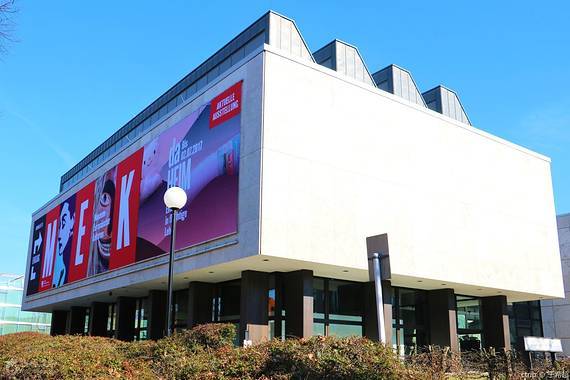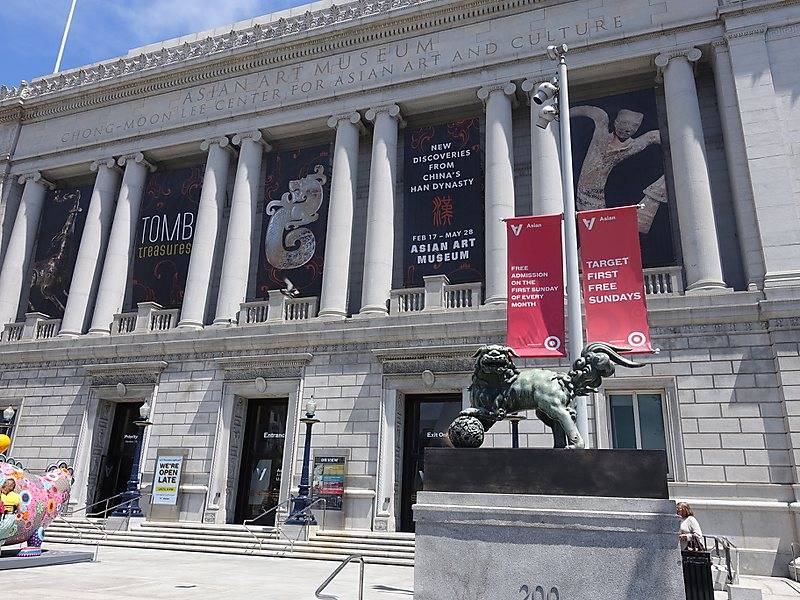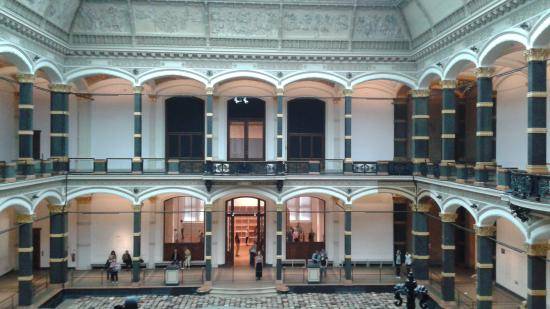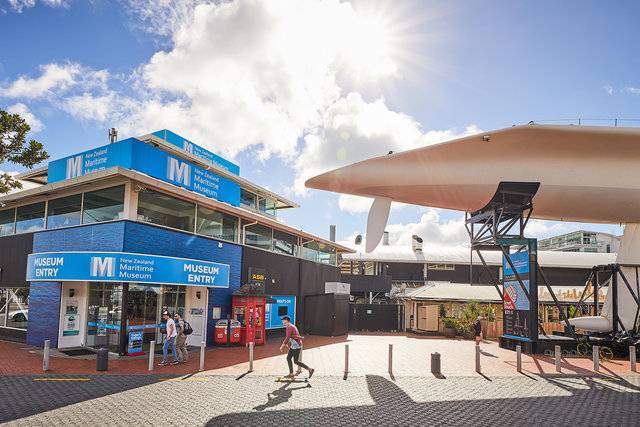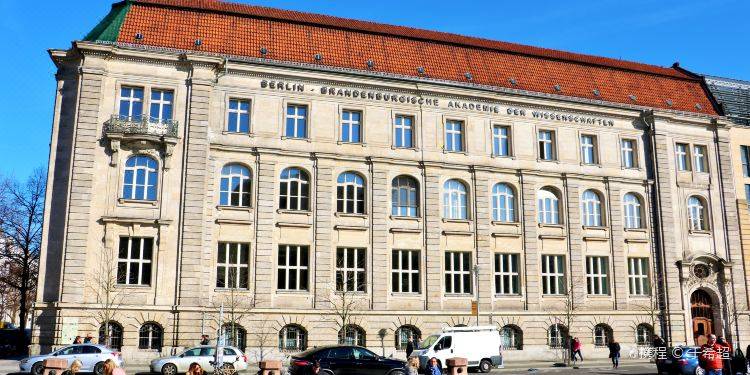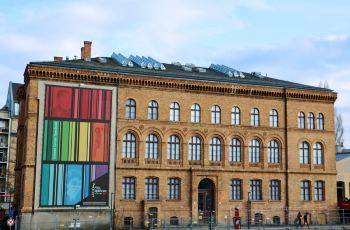Established in 2006 through the merger of the Museum of East Asian Art and the Museum of Indian Art, it is jointly operated. The museum's exhibits date back to 4000 BC and it is one of the most important collections of South Asian, Southeast Asian, and Central Asian art in the world. Here, you can see cultural relics from various Asian countries, including China, Pakistan, Afghanistan, Sri Lanka, Nepal, Myanmar, Thailand, Cambodia, Vietnam, and Indonesia.
Martin-Gropius-Bau
This museum is located on the border of the Kreuzberg and Mitte districts. It was designed by architect Martin Gropius in 1877. The building is a typical example of Renaissance style, with a large central atrium. The building was completely destroyed during World War II and later rebuilt. After reconstruction, this historically significant building was reopened for historical exhibitions and other purposes.
Otto Weidt Museum
Otto Weidt was a blind military broom manufacturer in Berlin, Germany during World War II. He used his factory to help many Jews escape the clutches of the Nazis. His former workshop has now been converted into a museum to commemorate him. His story has also been adapted into the film 'The Blind Hero' based on accounts from those involved.
Nolde Foundation
The Nolde Foundation Museum showcases some photos and information about the life of the painter Nolde. There is also a small garden behind the building.
Spectrum Science Center
This science center's permanent exhibition features over 150 projects covering eight disciplines: vision and perception, light and vision, micro and macro, heat and temperature, electricity, magnetism, mechanical strength and energy, music and sound. The exhibits are highly interactive, suitable for children aged 4 and above up to teenagers. Children can gain a lot of scientific knowledge while playing with various exhibits.
